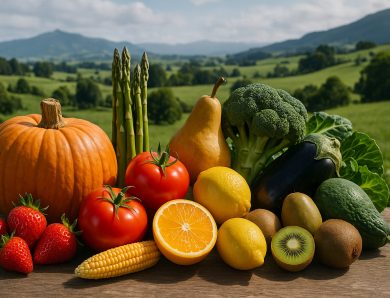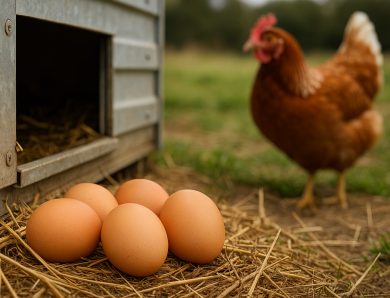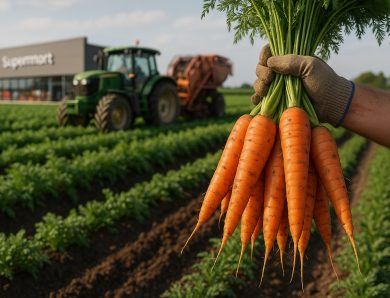
From Farm to Table: How Milk Gets to Your Fridge
Milk’s journey is a remarkable process that transforms it from a fresh product on the farm into a staple found in kitchens. The story begins on dairy farms and winds through collection, processing, and distribution until it arrives in your fridge, fresh and nutritious.
The Journey Begins on the Farm
Dairy farms operate with precision and care. Cows graze on nutrient-rich pastures and are tended to by skilled farmers who ensure their well-being. Daily routines focus on health checks, feeding schedules, and comfort routines that help maintain milk quality. Farms invest in modern technology and traditional practices that keep the herd productive and healthy.
Key Points on the Farm:
- Cows are provided with balanced diets.
- Hygienic practices reduce the risk of contamination.
- Regular veterinary checks maintain animal health.
- Sustainable practices support the environment.
Milk Collection Process
After milking, the raw milk is quickly cooled to slow bacterial growth. Milking parlors are designed for efficiency and cleanliness. The process is automated in many locations, but human oversight is essential to monitor quality at every step.
Steps in Milk Collection:
- Milking: Specialized equipment collects milk from cows with minimal stress.
- Cooling: Milk is immediately chilled to preserve its natural properties.
- Storage: Temporary storage tanks keep milk fresh until transportation.
This stage of the journey preserves the nutrients and natural flavors that dairy enthusiasts expect.
Transportation and Processing
Collected milk is transported in refrigerated tanker trucks to processing plants. The journey from farm to plant is carefully managed to maintain strict temperature controls. In processing facilities, milk undergoes several procedures that ensure safety and quality.
Processing Procedures Include:
- Pasteurization: Heating milk to eliminate harmful bacteria while retaining nutritional value.
- Homogenization: Breaking down fat molecules to produce a smooth texture.
- Quality Testing: Rigorous laboratory tests confirm that the milk meets health standards.
Every step in processing is conducted under sanitary conditions, ensuring that the milk remains safe for consumption.
Quality Assurance and Safety
Quality assurance is a thread that runs through every stage of milk production. Rigorous standards are applied from the moment milk leaves the cow until it reaches your table.
Quality Assurance Measures:
- Regular Sampling: Frequent tests ensure consistency.
- Strict Protocols: Detailed procedures minimize the risk of contamination.
- Traceability: Every batch can be traced back to its source, ensuring accountability.
These measures instill trust in consumers, ensuring that the milk they purchase is of high quality.
Packaging and Distribution
After processing, milk is packaged in various sizes to suit different needs, from large family-sized containers to individual servings. Modern packaging techniques preserve freshness and prevent contamination. The final product is labeled with essential information regarding production dates and nutritional content.
Packaging Process Overview:
- Filling: Clean, automated systems fill bottles or cartons.
- Sealing: Secure seals protect the milk during transportation.
- Labeling: Detailed labels provide transparency on the product’s origin and quality.
Distribution networks then deliver the packaged milk to supermarkets and local stores. Truck drivers and logistics teams coordinate routes to ensure that products reach shelves promptly.
Final Steps to Your Fridge
The journey ends when milk finds its way into your local store and ultimately into your fridge. Retailers follow their own quality checks to maintain safety standards. Refrigeration units in stores and homes are maintained at optimal temperatures to keep milk fresh.
Final Milestones Include:
- Retail Handling: Store managers monitor temperatures and shelf life.
- Consumer Purchase: Shoppers choose milk based on freshness and brand reliability.
- Home Storage: Proper storage practices extend the product’s life and preserve taste.
This pathway highlights the detailed work behind a simple carton of milk. Each phase is integral, from the health of the cows and the care taken during collection to the advanced technology used in processing and packaging. Consumers enjoy the benefits of these processes, receiving a product that is both fresh and safe.
The journey of milk is a testimony to the dedication of farmers, technicians, and distributors. Every stage is designed to preserve the natural goodness of milk while ensuring that each sip remains refreshing and wholesome.




No Comment